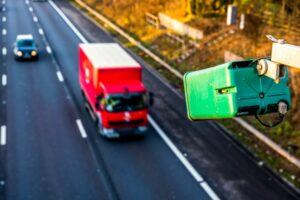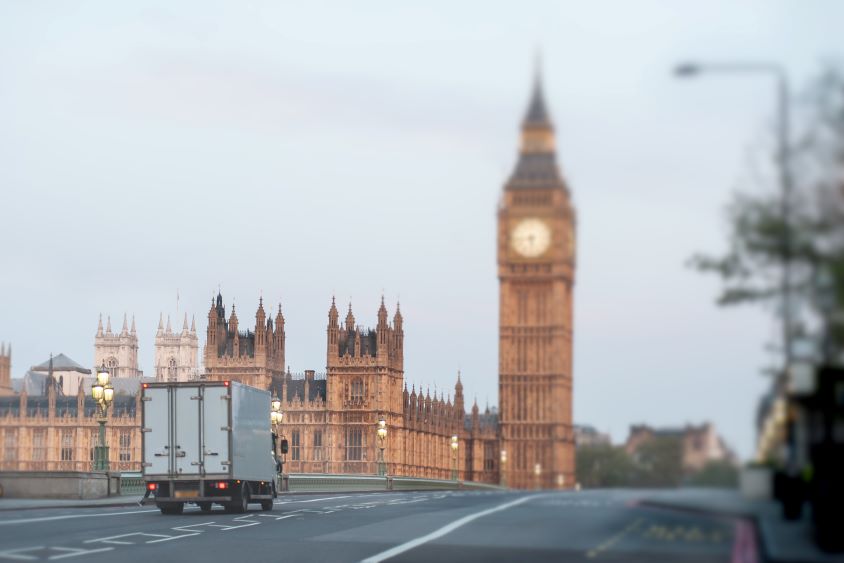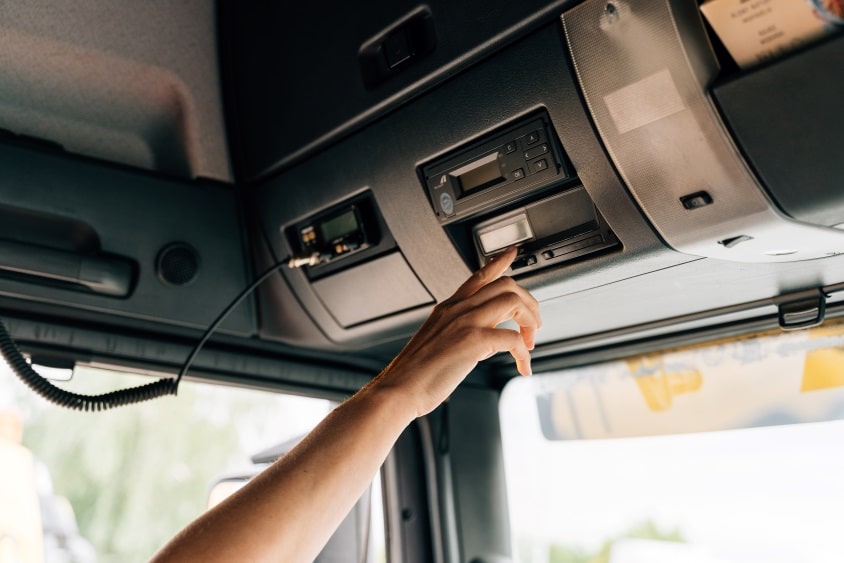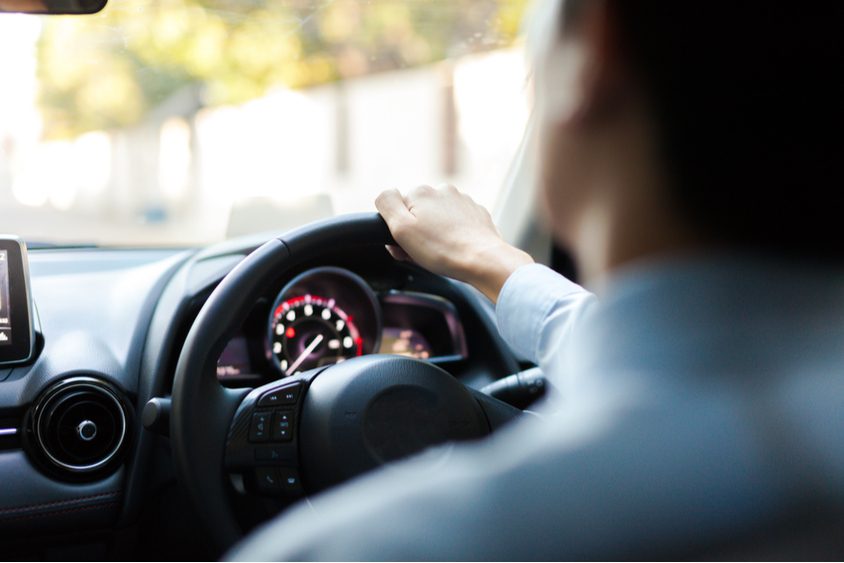How many speed cameras in the UK actually work?
Written by: Simon Pavey, Last updated:27th April 2022
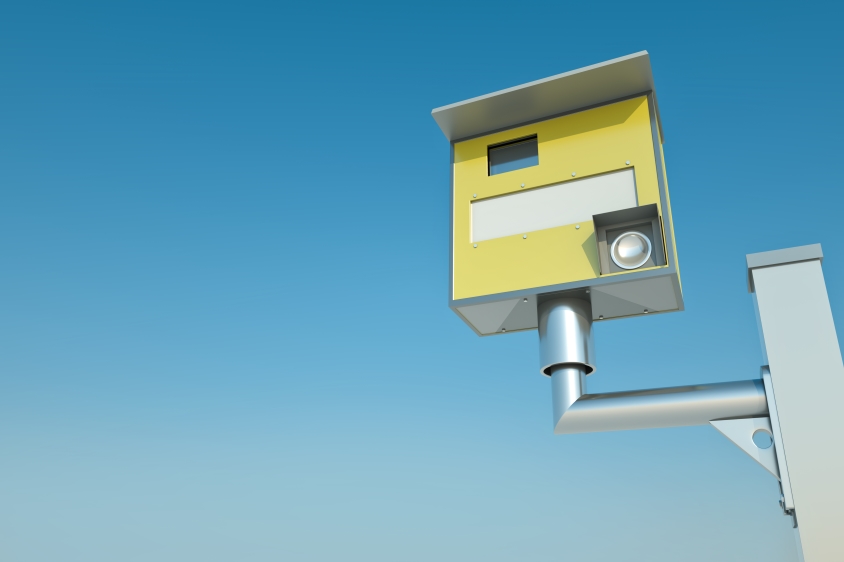
The UK’s roads are home to around 7,000 speed cameras – the fourth highest amount in the world, beaten only by Russia, Italy, and Brazil. But are all of these speed cameras always on?
How do speed cameras work?
Using detectors in the road and radar technology, as well as working in conjunction with traffic lights, speed cameras can calculate the speed of a passing vehicle and identify those going over the speed limit. Speed cameras will then capture a digital image of any offending vehicle that identifies its colour, make, model and registration.
The first speed camera to be installed in the UK was a Gatso camera in 1991 on the M40. Whilst there are as many as 15 different types of speed camera used in the UK, the Gatso camera is the most common, with nearly 4,000 of them on our roads. These big yellow boxes are instantly recognisable.
How do Gatso speed cameras work?
The Gatso uses radar technology to detect a speeding vehicle. If a vehicle is speeding, the camera will be activated. Two pictures are taken in quick succession. By using the white lines painted on the road, the camera can measure the vehicle’s speed. The camera will determine that the vehicle must have been travelling at x miles per hour to move from one point to another in the time between the two pictures.
The Gatso speed camera is rear facing. They are positioned like this because of their flash. If they were front facing and took a picture, the flash could potentially blind drivers looking directly at the camera, causing the accidents they are designed to prevent. By measuring the vehicle’s length, the Gatso camera can also determine the speed limit imposed on it. A van might have a limit of 60mph on a dual carriageway for example, whilst a car is allowed to go to 70mph.
There are other variants of speed camera on the UK’s roads. Some use infrared technology to capture images without using a flash so they can be front facing. Others use two sets of cameras placed a set distance apart. They determine the speed of the vehicle by recording how long it takes it to reach the second camera from the first.
How does a Truvelo speed camera work?
Another speed camera commonly used in the UK is the Truvelo speed camera. Unlike the Gatso, the Truvelo is a forward-facing camera. The key advantage of having a speed camera face forwards rather than backwards is that it can also capture the driver of a speeding vehicle.
While the Gatso camera calculates a vehicles speed as it passes the camera, the Truvelo is activated by two sensors that are placed before the camera. Using a similar method, as the vehicle passes over these sensors the time taken between the two will calculate the speed and activate the camera as necessary.
Truvelo cameras don’t create a bright flash but instead use infra-red flash to capture and image of speeding vehicles. This flash is much lighter and doesn’t risk blinding the driver and causing distraction or accident. For this reasons, you can’t guarantee you haven’t been caught speeding if a speed camera didn’t flash.
HADECS – Motorway speed cameras
HADEC speed cameras are a relatively new type of speed camera, introduced in 2014, and are the speed camera most commonly found on UK motorways. HADEC stands for Highway Agency Digital Enforcement Camera System, and it’s known as the’ stealth camera’ due to its small size.
HADEC speed camera use a non-intrusive dual radar to detect speeding vehicles regardless of weather conditions. They can be used for monitoring as many as five lanes of traffic.
Which speed cameras are active?
Despite there being nearly 7,000 physical cameras on our roads, not all of them are working. In fact, research in 2017 suggests that only half of them are operational.
A freedom of information request by The Press Association in 2017 resulted in many regional police forces outlining how many of their speed cameras were active.
Police from the counties of Durham, North Yorkshire and Northamptonshire all revealed that none of their cameras were active at the time. Their cameras, however, are left standing when not active. The sight of the speed cameras is said to be enough to deter drivers from speeding in the first place.
Other counties report that only a small percentage of their speed cameras are currently operating. Out of the 272 cameras in Staffordshire, only 14 are active. In Scotland, just over a quarter of the cameras are active, whilst just over half of Wales’ cameras are on.
However, it’s worth remembering that this information is four years old. There could be more active cameras on the roads now, or even less.
How to tell if a speed camera is working
The only visible way to know if a camera is operational would be to look out for the flash. However, many types of camera don’t need a flash as they rely on infrared technology, or use a filter to protect drivers from the light. Also, on a brightly lit road, the camera might not need to flash in the first place.
Whilst the Gatso camera does flash, it is also rear facing. Turning around or looking in the mirror in the hope of catching a flash would simply draw your attention away from the road, putting yourself and others at risk.
With that in mind, it’s safest to assume that there is no way of knowing if the camera is working. The RAC recommend that the best option is to not worry about the whether the speed cameras are operational or not, but simply concentrate on not speeding in the first place!
How to beat average speed cameras
With modern cameras like the HADECS so finely tuned to identify and capture speeding vehicles, it’s incredibly difficult to beat the average speed cameras. Developing technology means speed cameras are now able to monitor multiple lanes in all weather conditions, whilst also adjusting according to variable speed limits.
Since the purpose of speed cameras is to deter drivers from speeding, and with their reliability only increasing, the best way to beat speed cameras is to not to trigger them at all.
What happens to those caught speeding?
If you are caught speeding on camera, you will be sent notice within 14 days. Interestingly, if you receive notice of the offense after the 14-day period, the notice is invalid.
You will be sent a Section 172 notice which must be returned to the police within 28 days. This notice acts as a way for you to inform the police of the identity of the driver. The notice will be sent to whoever the vehicle is registered to. This may not be the driver behind the wheel at the time of the offense.
The minimum penalty for speeding is a £100 fine and 3 penalty points on your license. Having 12 points put on your license could result you being disqualified from driving for 3 years.
Encourage your drivers to avoid speeding
If your fleet consists of several drivers, the thought of any number of them breaking the rules of the road can be a daunting one.
By introducing telematics to your vehicles, you can keep track of your drivers’ habits. If you notice a driver regularly speeding, you can bring it up with them and offer advice and training to make sure this doesn’t continue.
Get in touch with the team at Tele-Gence today and find out how telematics could be of benefit to the safety of your fleet.
back

